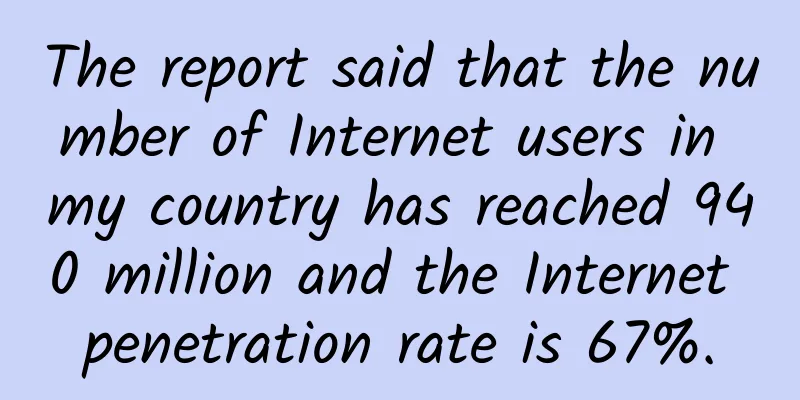After FTTH: Who will lead the development of the optical fiber and cable industry?

|
Fiber optic cables are currently widely used in the current network era. Long-distance trunk transmission, fiber-to-the-home, and future 5G applications will all drive the development of fiber optic cables in the next 10 years. According to relevant reports, the demand for optical fiber in all regions of the world has grown at a double-digit rate from 2000 to 2015. Among them, China's optical fiber and cable production and demand have been among the highest in the world in recent years. In 2015, the global optical fiber and cable production was 384 million core kilometers, and China accounted for more than half of the world's total. In 2016, the total global demand for optical fiber and cable reached 425 million core kilometers, and China accounted for 57%, and will continue to grow. The main reason is the increase in demand for optical fiber brought about by broadband upgrades. In 2016, the global optical fiber and cable market grew at a rate of about 11%. As the world's largest optical fiber and cable market, China played an important role in this market, with a growth rate exceeding that of all other markets in the world, reaching 57%. The demand growth of the three major operators also reached more than 50%. It is observed that the current demand for optical fiber and cable is mainly driven by the construction of fiber-to-the-home, but there is a time node for the construction of fiber-to-the-home. At present, the construction of fiber-to-the-home in some countries has reached saturation, and the demand for optical fiber has begun to decline. Although this situation will not happen in China in the next few years, as major cities in China have completed optical fiber transformation one after another, the growth rate of demand for optical fiber and cable will inevitably slow down, which may have a negative impact on the future development of the optical fiber and cable industry. On the other hand, although the submarine cable market is relatively small, CRU expects that submarine cables will usher in a relatively strong growth momentum, and submarine cables have high added value. It can be foreseen that the demand for submarine cables will enter a period of rapid growth. It is reported that the demand for submarine cables reached a new peak in 2016. There are currently three major submarine cable projects under construction around the world, including the Arctic submarine optical fiber network construction project, which has an installation capacity of 15,000 kilometers and is the world's largest submarine cable network. After completion, it will connect Asia and Western Europe through Canada and Alaska, USA. CRU currently monitors 30 projects under construction, each of which is more than 1,000 kilometers long. Some Internet giants such as Google, Amazon, and Facebook are investing in the construction of submarine cables, so submarine cables will continue to grow rapidly. |
>>: NFV/SDN is a must for 5G, not an option
Recommend
An article about NioEventLoopGroup source code analysis
[[408806]] This article is reprinted from the WeC...
VMISS 30% off, Hong Kong CN2/Korea CN2/US CN2/Japan IIJ monthly payment starts from 3.5 Canadian dollars
VMISS is still offering a 30% discount this month...
T-Mobile and Sprint to merge
Early morning news on February 11, 2020, accordin...
Not enough data? Facebook will help you find free WiFi nearby
[[177139]] According to foreign media reports, Fa...
If you don’t understand, just ask, how can you make your home internet speed faster?
In the past few years, innovative technologies su...
DMIT's new San Jose data center starts at $36.9/year, 15% off + free data
DMIT.io opened a new data center in San Jose, USA...
Exploration of the application of computing network metropolitan area RDMA in home broadband network
1. Dilemma of Traditional TCP/IP Network Transmis...
To promote the building of core capabilities, Huawei proposes a top-level design framework for operators' digital transformation
Today, at the MWCS 2021 media analyst pre-communi...
Seven factors to consider in network redundancy design
[[433681]] 【51CTO.com Quick Translation】 When a n...
How to save records when surfing the Internet? You need to know the relationship between Session and Cookie
Why use Session and Cookie? In a nutshell, becaus...
Spinservers promotion: 256GB memory high-end server 10Gbps bandwidth $199/month, San Jose China Telecom network $179/month
spinservers sent a new promotional information. A...
Are you ready for network automation?
[[374510]] This article is reprinted from the WeC...
Dataideas: $1.5/month KVM-1GB/10G SSD/unlimited data/Houston (Texas)
Dataideas is a foreign VPS hosting company establ...
5 Strategies for Monetizing Mobile Edge Computing (MEC)
In the past few years, cloud services have been u...
Kafka message sending thread and network communication
[[420379]] Let’s review the message sending seque...









